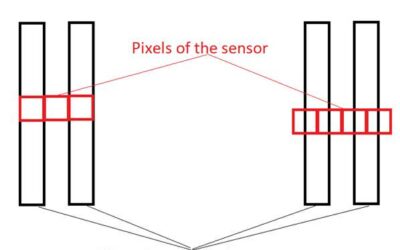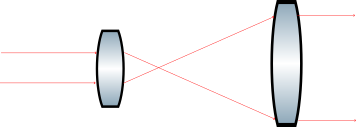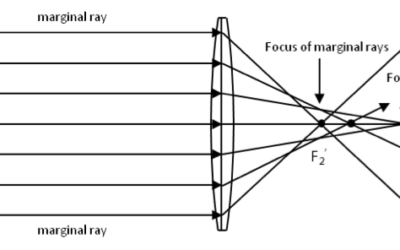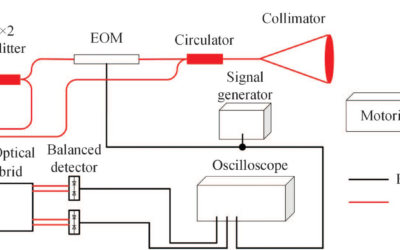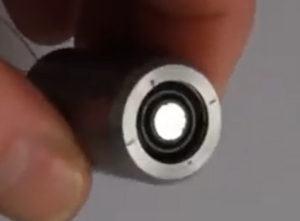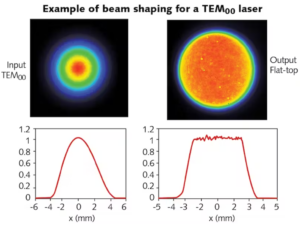Updated July 2020.
Most visual imaging applications require a well-focused image at a range of distances. Traditionally, good focus at multiple depths required either using large lenses with a suitable depth of field, mechanically-driven zoom, or auto-focus lenses.
More recently, tunable lenses have been introduced to the market, and these have many advantages compared to traditional ones. They are smaller, faster, and more compact than traditional autofocus designs. Tunable lenses are also increasingly used in machine vision products, handheld devices, and microscopy applications.
In previous projects, Optics For Hire designed optical systems that integrate tunable lenses. In the most recent one, tunable lenses were installed in the barcode reading device. There are several approaches to consider when searching for a tunable lens, including electro-optical, electro-mechanical, and acousto-optical techniques. Below, we present three of the best-known approaches and explain how they work.
1.) Varioptic (owned by Corning) produces electro-optical tunable lenses (Figure 1) based on the electro-wetting principle. Lenses are liquid, and the unit consists of a sealed cell containing two liquids with different refractive indices. By applying an electric field, the curvature radius of the meniscus between the two fluids changes, resulting in a change in the lens focal length.

Figure 1 – Varioptic lens – the principle of work
2.) Optotune uses electro-mechanical techniques. The lens design consists of a container filled with an optical fluid and sealed off with a thin elastic polymer membrane (shown in Figure 2). The membrane deflection is proportional to the cell pressure, which is controlled by an electromagnetic actuator (EL series of lenses) or manual pressure ring (ML series of lenses).

Figure 2 – Optotune lens – the principle of work
3.) TAG Optics (now owned by Mitutoyo) uses the acousto-optical technique. This lens is a type of gradient index of refraction (GRIN) lens – it uses standing sound waves to produce a constantly changing gradient index of refraction within a liquid contained in the lens (Figure3). The sound waves send a vibration through the liquid, forcing the molecules to move closer together. It allows changes in the refraction index of the material, depending on the sound wave location. By controlling the shape and location of these sound waves, it is possible to establish an index of refraction profile that looks like a simple lens in the center.
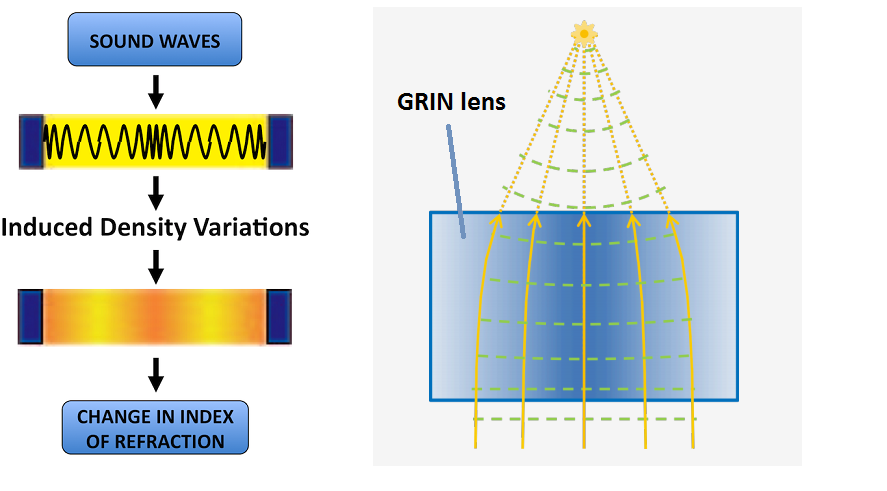
Figure 3 – Acousto-optical tunable lens – the principle of work
Which type of tunable lens is best for your application will depend on your system requirements.
Need assistance designing a custom optic or imaging lens? Learn more about our design services here.

